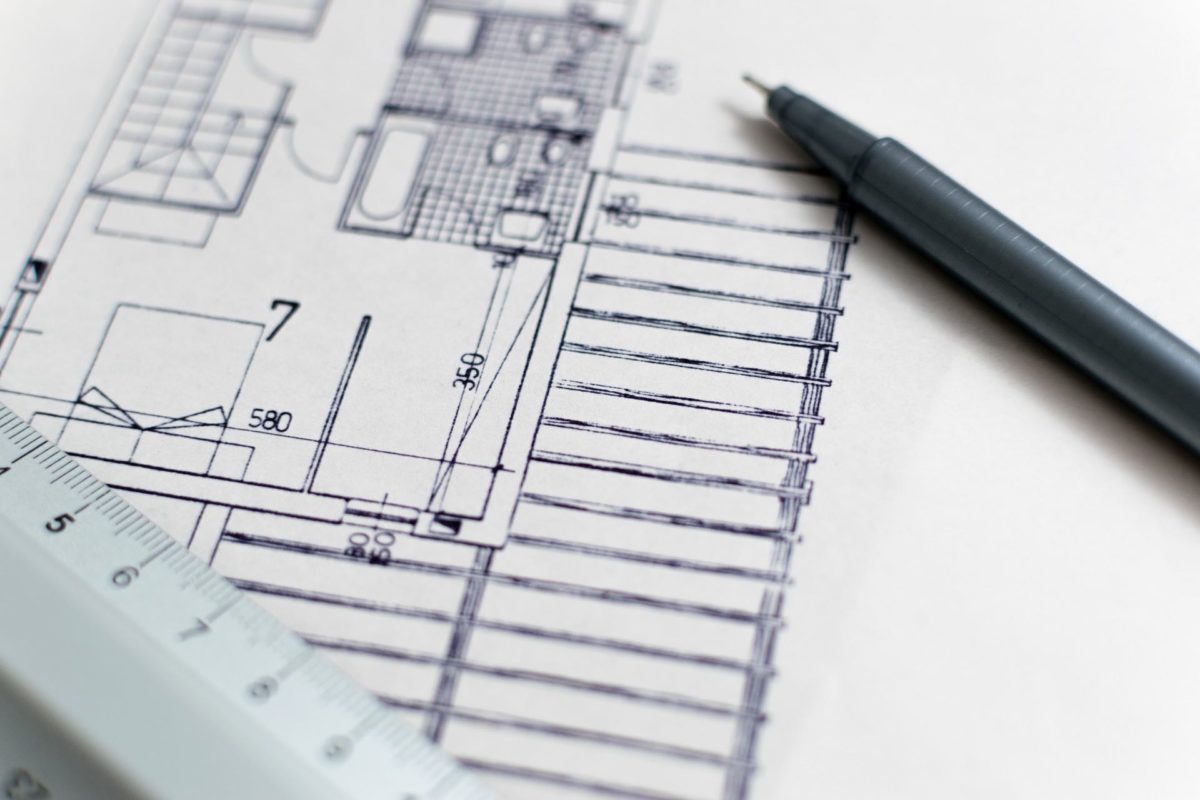Last we spoke of the benefits of the design-build approach to construction (see: “The Tenant of the Future: The Role of Design-Build in Commercial Construction”), there was much collective hesitancy to get on board with the model—specifically in NYC. For a city that prides itself on being at the forefront of most trends, the reluctance to move ahead with the design-build model seemed uncharacteristically NYC, leaving many construction professionals with one question: What gives?
The reason enthusiasm seemed to be lacking had more to do with a reluctancy to change than anything else. For many partners or suppliers, the design-build concept was simply a novel one, which was enough to keep them from embracing it despite its more innovative and efficient delivery methods.
Today, the collective perception of the design-build approach has fortunately shifted, as design-build has taken hold in all but two states (Iowa and North Dakota), with the majority of contractors, customers, government officials, and jurisdictions recognizing its immense value. Richard Thomas, director of state and local legislative affairs of the Design-Build Institute of America, predicts a “design-build Renaissance” across the NYC area over the next decade, as Governor Cuomo’s recent $275 billion infrastructure plan begins to come to fruition.
Gov. Cuomo signed the New York City Public Works Investment Act into law on December 31st, 2020, authorizing NYC agencies to utilize design-build for particular City projects. Effective immediately, the DOT and Dept. of Design and Construction may award design-build contracts under specific conditions for projects costing $10 million or more. The Dept. of Parks and Recreation and other projects costing at least $1.2 million – including cultural institutions, security improvements, and improved sidewalk access for those with disabilities – may also utilize the design-build approach. Additionally, the Dept. of Environmental Protection, the Health and Hospitals Corp., the Housing Authority, and the School Construction Authority have also received permission to use the design-build method of delivery.
As per the new bill, possible design-build contracts must illustrate abilities in several areas, including:
– Quality of performance, timeliness, and customer satisfaction on previous projects –
– An ability to limit cost overruns and change orders –
– Technical ability of the design-build team and personnel –
– Risk management –
– A record of compliance with wage and labor laws –
(Source: https://www.constructiondive.com/news/gov-cuomo-signs-nyc-design-build-legislation/569680/)
With the New York City Public Works Investment Act now in place, the City can now shave a substantial amount of time and money off a slew of project budgets. What’s more, these projects will enjoy several other benefits of the design-build model…
Benefits of Design-Build Contracts
— 01 —
There is one point of accountability. The client does not have any responsibility to facilitate discussion between two different design and construction entities. The client hires one team, and there is an enhanced sense of teamwork you don’t always find in the traditional design-bid-build style.
— 02 —
Opportunities to save on cost reveal themselves earlier with design-build. The timelines for design and construction are generally combined and shortened with design-build, contributing to the overall savings. Studies have shown that design-build projects are delivered 33.5% faster and cost 6% less than projects designed and built under separate contracts.
— 03 —
The project is inherently faster when using a design-build contract. Construction schedules can begin before design finalizes and the enhanced means of communication keeps the ball rolling throughout the process. Since the design is adaptive, there are fewer change orders and additional fees.
— 04 —
There is total control of quality because the focus is always on the client’s expectations. Value is added because it brings value engineering into the entire design process. This means that designers, engineers, and contractors come together to propose best-value decisions.
While there are potentially many benefits to the design-build model of construction, it is important to note that these new laws apply to the public sector of construction. Being a commercial contracting and construction management firm, Talisen has experience and knowledge in the design-build model but has yet to see a true surge in the number of private projects utilizing this model. As the industry becomes more fluent in the intricacies of design-build, it will be interesting to watch the evolution of how this translates to the private sector. If you have questions regarding design-build or are interested in making use of this project delivery model on your next project, please reach out to us to get more information!
